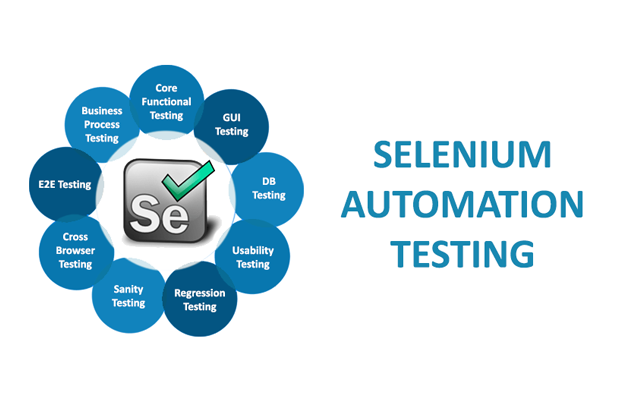
What is Selenium Automation and How Does It Work? An Overview & Use Cases
Gone are the days when companies would release new features or updates without proper testing. Today’s users do not tolerate bugs or failures!
With the help of automation testing, businesses can now confidently release new products and features into markets – without bugs and with minimal chances of failure.
Selenium has completely dominated the software QA space, which explains why every modern developer should have a solid understanding of this popular framework.
Learn more about Selenium automation testing, plus a few use cases to help you get started.
What is Selenium Framework?
The Selenium framework is the family of tools that are used to automate software testing – built on Java and Javascript. It provides an entire suite of tools for writing automated tests for a wide range of software products, including websites, web apps, and desktop applications.
This age-old framework is open-source and has since grown to include both client-side and server-side frameworks that enable automated testing during web, desktop, and mobile app software development.
Types of Selenium Frameworks
Three main Selenium framework types exist…
1.Data Driven Framework (DDF):
DDF uses separate data sets to drive the execution of tests. These datasets are grouped into an external file or spreadsheet and then imported into the automation tool.
Separating data sets from test cases makes it easy to modify the cases, without having to modify the data sets and vice versa.
2. Keyword-Driven Framework (KDF):
KDF uses a combination of keywords and data to test the application. Keywords represent a set of functions and instructions, written in an external spreadsheet. Developers can better specify and manage the functions they want to investigate
The keywords are predefined in Gherkin files, providing a static approach to defining test cases, which can be useful for organizations that do not want to change their existing code base.
3. A Hybrid Driven Framework (HDF)
combines both KDF and DDF into one framework. This allows you to use any type of automation tool for QA testing services while maintaining the same programming languages as your regular development practices.
How Does Test Automation with Selenium Work?
The first step in using Selenium to automate is choosing an appropriate framework among the different frameworks in Selenium. If you have too many datasets to deal with, the data-driven framework is a better option. If functionalities to be tested are easily groupable, the keyword-driven framework is preferred.
These frameworks consist of a server and a browser, which are used to execute tests on the target application. The frameworks have a variety of different tools for checking applications, including…
Selenium Grid – A server that hosts the Selenium agents and runs code on multiple machines.
Selenium WebDriver – A standalone Java application that can be used as an alternative to the Selenium Remote Control (RC) or WebDriver clients.
Selenese – An open-source Java library that provides support for various WebDriver APIs.
Why Use Selenium?
With this tool or suite of tools, developers can write unit tests that will be run every time a new change is made to your application, and regression tests that cover as many areas of your application as possible.
- It’s open source so you can use it for free
- It has a built-in API that allows you to hook into specific parts of the browser without having to know how it works under the hood.
- Doesn’t require installation like VirtualBox or Vagrant. This can save you time and effort on your project timeline.
- Cross-platform – Selenium works on Windows, Linux, and macOS. This means all the tests written using this tool can be tested on all platforms without any additional effort.
- Supports mobile devices (Android and iOS)
Most common Use Cases for Selenium in Quality Assurance
There are multiple use cases for Selenium in Quality Assurance:
- Test the functionality and stability of a web application: Performance, accessibility, security, and integration.
- Checking the actual code of an application. Done by writing code in Selenium IDE or using selenium-web driver to run the code.
- Test user experience by writing scripts to navigate through pages and check what happens on each page.
The Final Word
The Selenium framework has remained the top automation testing tool because it helps developers and companies stay ahead. New features and updates are shipped much quicker and without bugs, so customers are kept engaged.
Having trouble getting a hold of this widely accepted tool for your custom software development projects? Let our team of experts in automation testing with Selenium help you deliver better and more reliable software features to the market.
With a solid foundation in technology, backed by a BIT degree, Lucas Noah has carved a niche for himself in the world of content creation and digital storytelling. Currently lending his expertise to Creative Outrank LLC and Oceana Express LLC, Lucas has become a... Read more